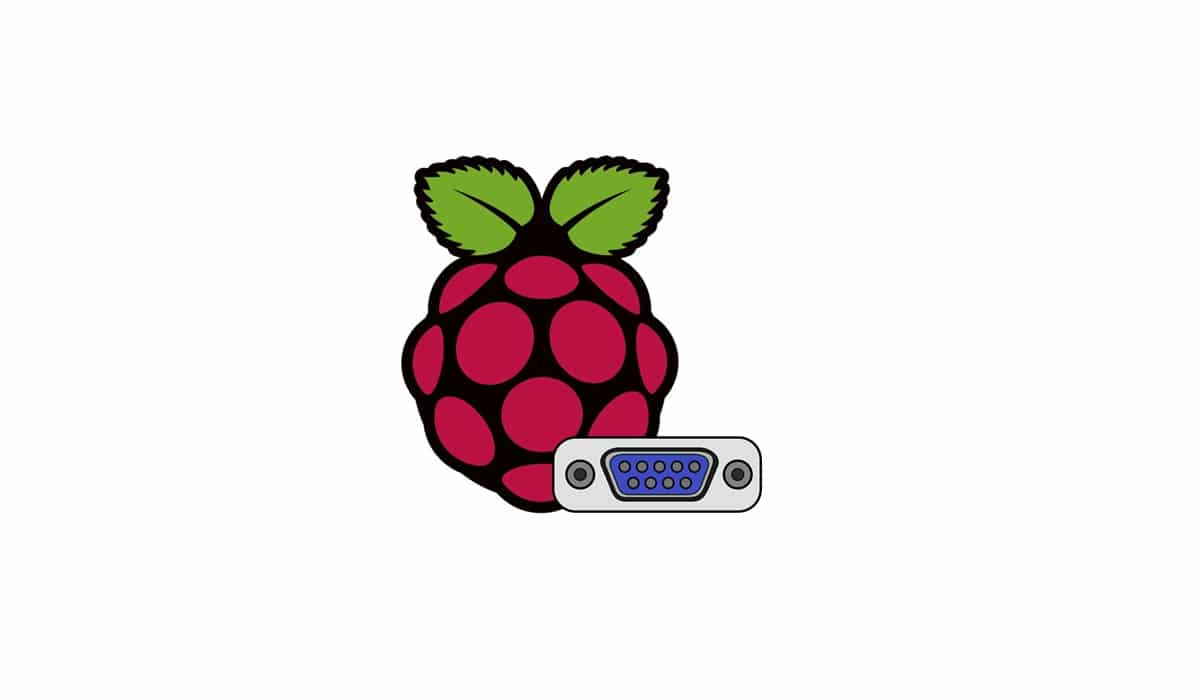
In this guide I’ll show you how to connect your Raspberry PI to a serial USB port and read its values with Python from terminal (without Desktop environment). For this purpose, we’ll use Pyserial and its terminal tool.
Raspberry PI can be used to interface real world from its GPIO as, for example, by Controlling a stepper motor. Furthermore, you can also use Raspberry PI to dialog with some devices (like Arduino) by using serial USB port.
For this post I’m going to use a Raspberry PI Zero W and an Arduino Uno R3. Steps should work also with newer Raspberry PI boards.
As usual, I suggest adding from now to your favourite e-commerce shopping cart all the needed hardware, so that at the end you will be able to evaluate overall costs and decide if to continue with the project or remove them from the shopping cart. So, hardware will be only:
Check hardware prices with following links:
We’ll start from installing Raspberry PI OS Lite in our Raspberry PI Zero W. Then we’ll use Python to install proper libraries to read data from Arduino Uno R3.
Before all, please refer to Install Raspberry PI OS Lite article to install Raspberry PI OS. Furthermore, Raspberry PI OS Lite comes with Python pre-installed.
Now we must configure Arduino Uno with its first sketch. For this purpose, you have 2 option:
Before installing Pyserial, we need to get pip:
sudo apt install python3-pip
Now we can go on to install Pyserial:
pip3 install pyserial
To read our console, we need now to connect Raspberry PI USB port to Arduino one. For testing purposes I’ll show you results from my weather system (procedure will be soon available on peppe8o.com, stay tuned!):
Arduino must be configured to send data via COM port with a Serial.print command inside its running sketch. Remember to append carriage return (text “\n”) to each data sample in your Arduino sketch, in order to have different rows for each reading.
In this configuration, you can simply use Pyserial miniterm tool to list available ports and their output. Use command python -m serial.tools.miniterm, then enter device port and receive port data on screen. Use CTRL+] to close connection:
pi@raspberrypi:~ $ python3 -m serial.tools.miniterm --- Available ports: --- 1: /dev/ttyACM0 'ttyACM0' --- 2: /dev/ttyAMA0 'ttyAMA0' --- Enter port index or full name: /dev/ttyACM0 --- Miniterm on /dev/ttyACM0 9600,8,N,1 --- --- Quit: Ctrl+] | Menu: Ctrl+T | Help: Ctrl+T followed by Ctrl+H --- 20.0;61.0 20.0;61.0 20.0;61.0 --- exit ---
You can also go directly on port reading, if you already know its name, just by appending port name. In my example correct port is /dev/ttyACM0 (please refer Connecting Raspberry PI to Arduino only via terminal to know how to discover your port), so direct command will be:
pi@raspberrypi:~ $ python3 -m serial.tools.miniterm /dev/ttyACM0 --- Miniterm on /dev/ttyACM0 9600,8,N,1 --- --- Quit: Ctrl+] | Menu: Ctrl+T | Help: Ctrl+T followed by Ctrl+H --- 20.0;61.0 20.0;61.0 20.0;61.0 --- exit ---
Also this operation is really simple. You need to import serial library and call port opening. Create a file named “test.py”:
nano test.py
and include the following code:
import serial
ser=serial.Serial('/dev/ttyACM0',9600)
readedText = ser.readline()
print(readedText)
ser.close() Execute:
python3 test.py
Enjoy!
In this tutorial, we will use two Arduino Uno to demonstrate the Serial Peripheral Interface…
In this tutorial, we will be making an automatic irrigation system (AIS) with Arduino and…
This tutorial will show you how to use Python Virtual Environment with Raspberry PI computer…
This tutorial will show you how to get betting odds with Raspberry PI by using…
This tutorial will show you how to perform the backup of Raspberry PI (computer board)…
This tutorial will show you how to install Honeygain on a Raspberry PI computer board…